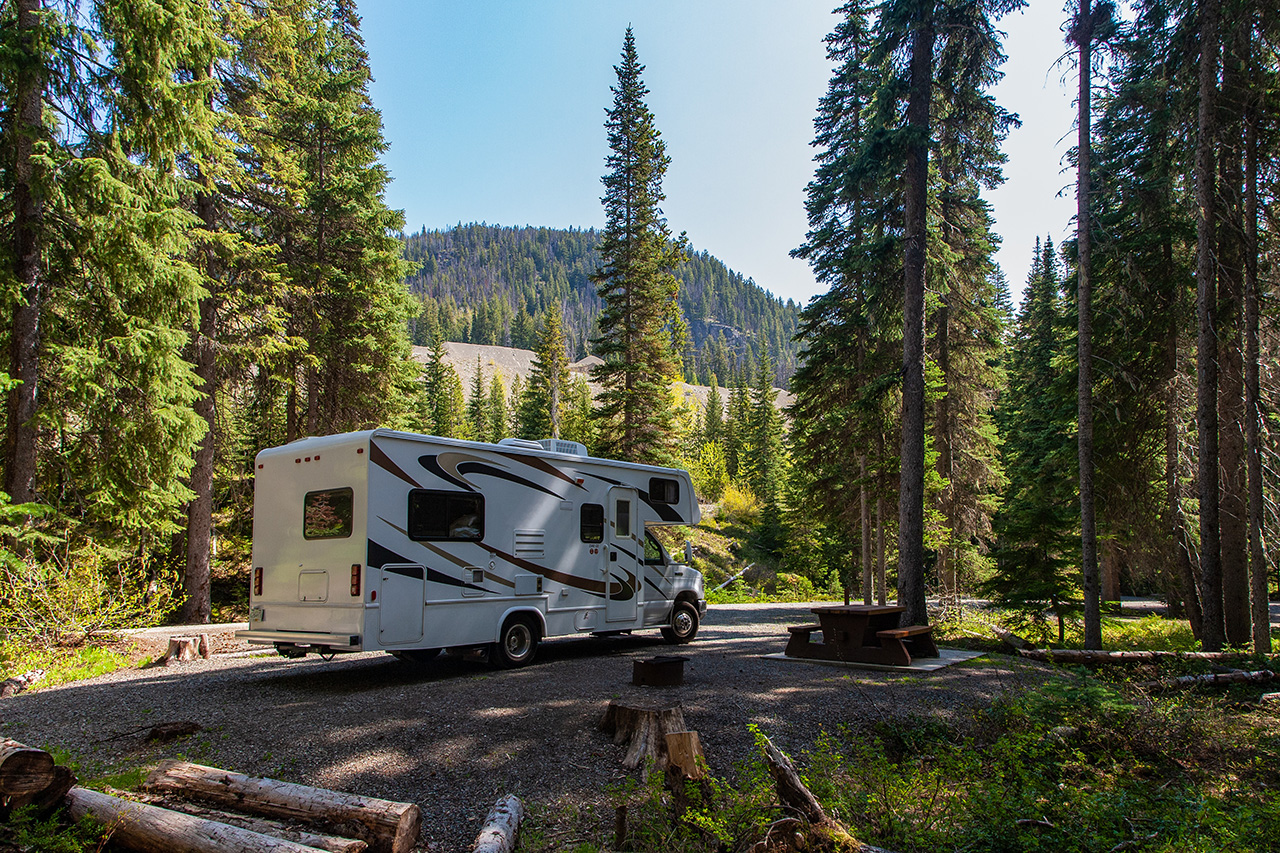The recreational vehicle (RV) industry continues to evolve, driven by shifting consumer preferences, advancements in technology, and a growing interest in outdoor travel. Whether you’re a potential RV buyer, a dealership looking to stay ahead, or a manufacturer aiming to innovate, keeping up with the latest industry trends is key. Here’s what’s shaping the RV industry in 2024 and beyond.
1. The Rise of Off-Grid and Sustainable RVs
Sustainability is no longer just a buzzword—it’s becoming a priority in the RV world. Modern RV enthusiasts are looking for ways to travel responsibly while minimizing their environmental impact. This has led to the rise of:
- Solar-Powered RVs: Many manufacturers are incorporating factory-installed solar panels, lithium batteries, and inverter systems to allow travelers to boondock longer without relying on traditional power sources.
- Eco-Friendly Materials: RV interiors are now being designed with sustainable materials such as bamboo flooring, recycled countertops, and non-toxic adhesives.
- Electric and Hybrid RVs: While fully electric RVs are still in early development, hybrid models with improved fuel efficiency and reduced emissions are entering the market.
2. Smart Technology Integration
Tech-savvy consumers expect modern convenience, and RV manufacturers are delivering with smart technology features, including:
- App-Controlled Systems: From lighting and temperature control to slide-outs and awnings, everything can now be managed through smartphone apps.
- Advanced Safety Features: Lane departure warnings, collision avoidance systems, and backup cameras are becoming standard in new RVs.
- High-Speed Connectivity: Built-in Wi-Fi boosters, Starlink satellite internet options, and 5G connectivity are making remote work and entertainment easier than ever.
3. Compact and Lightweight Designs
Bigger isn’t always better, especially with rising fuel costs and increasing interest in smaller towable trailers and camper vans.
- Expanding Market for Teardrop Trailers and Micro Campers: Perfect for weekend adventurers, these lightweight models are towable by smaller vehicles, increasing accessibility to a wider audience.
- Multi-Functional Space Design: Slide-outs, hidden storage, and convertible furniture allow smaller RVs to maximize space while maintaining comfort.
- Fuel-Efficient Travel Trailers: New aerodynamic designs and composite materials help improve fuel efficiency, making long-distance travel more cost-effective.
4. Customization and Personalization Options
RV buyers want their rigs to reflect their lifestyles, leading to a surge in customization options.
- Modular Interiors: Buyers can now choose layouts that best fit their needs, whether it’s an extra workspace for digital nomads or bunk beds for families.
- Luxury Features: High-end appliances, heated floors, and spa-like bathrooms are no longer exclusive to million-dollar motorhomes—mid-range RVs are getting luxury upgrades.
- DIY and Van Conversions: The van life trend continues to grow, with more people customizing cargo vans into fully functional RVs.
5. Growth of the RV Rental Market
Not everyone wants to own an RV, and the rental market is booming as a result.
- Peer-to-Peer Rental Platforms: Services like Outdoorsy and RVshare allow owners to rent out their RVs, making RV travel more accessible without the commitment of ownership.
- Try-Before-You-Buy Programs: Dealerships and manufacturers are offering rental options that allow potential buyers to experience RV life before making a purchase.
- Luxury and Themed Rentals: High-end RVs with full amenities, along with uniquely themed RVs (like vintage Airstreams or adventure-ready overlanders), are in demand.
6. Expanding Infrastructure and Remote Work Adaptations
The rise of digital nomads and remote work-friendly setups has fueled a demand for better infrastructure and workspaces within RVs.
- Co-Working RV Parks: Some campgrounds now offer high-speed internet, dedicated workspaces, and community hubs designed for remote workers.
- Ergonomic Workspaces: Many new RV models feature built-in desks, larger monitors, and comfortable seating to accommodate remote work needs.
- Extended Stay Accommodations: RV resorts and long-term stay campgrounds cater to full-time RVers with high-quality amenities, from laundry facilities to fitness centers.
7. The Surge in Adventure-Ready and Overlanding RVs
Off-road and adventure-focused RVs are capturing the attention of thrill-seekers who want to explore beyond the pavement.
- 4×4 RVs and Overland Vehicles: Rugged builds with high ground clearance, all-terrain tires, and reinforced exteriors are becoming more popular.
- Integrated Gear Storage: More RVs are coming equipped with bike racks, kayak holders, and rooftop tents.
- Self-Sufficient Power Systems: Solar panels, water filtration systems, and extra fuel capacity allow off-grid adventurers to stay out longer without resupplying.
Final Thoughts: The Future of RVing
The RV industry is evolving rapidly to meet the demands of a new generation of travelers. Whether it’s through sustainable innovations, high-tech advancements, or compact, adventure-ready designs, there’s never been a better time to explore the world on wheels. Whether you’re an RV manufacturer, dealer, or enthusiast, staying ahead of these trends ensures that you make the most of what the future of RVing has to offer.
Happy travels and enjoy the ride!


 Previous Article
Previous Article